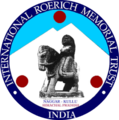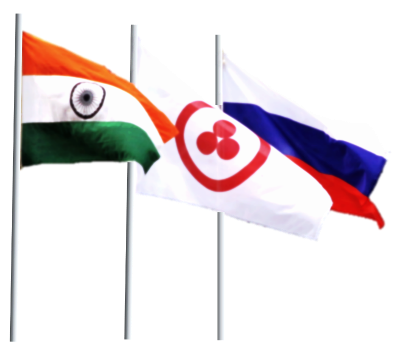"Urusvati" Himalayan Research Institute
The “Urusvati” place of research, place of science, must be built in the Himalayas, within the borders of ancient Aryavarta. Again the human spirit, purified by the continuous currents of the Himalayas, will search in tireless labor. Medicinal herbs, medical research, wonderful magnetic and electric currents, the unique conditions of the heights, the unique luminescence of the planetary bodies and their astrochemical rays, radioactivity, and inexpressible treasures are preserved only in the Himalayas. [ . . . ] In these places where the great wisdom of the Rig-Vedas was crystallized, where Mahatmas themselves passed, here, in the caves and on the mountain tops, the power of human thought accumulated!
Nicholas Roerich
A narrow path rising up the slope across the road from the Roer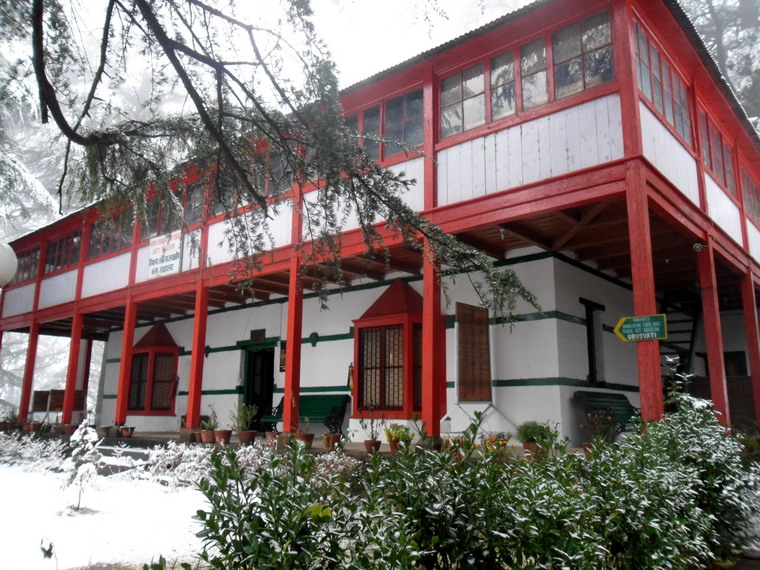 ich House takes visitors to a small green space hidden among shady deodars. Here you can find two buildings of the Urusvati Himalayan Research Institute established by the Roerichs in 1928 upon their return from the Central-Asian expedition. The name Urusvati of the Himalayan Research Institute denotes ‘The Light of the Morning Star’ in Sanskrit.
ich House takes visitors to a small green space hidden among shady deodars. Here you can find two buildings of the Urusvati Himalayan Research Institute established by the Roerichs in 1928 upon their return from the Central-Asian expedition. The name Urusvati of the Himalayan Research Institute denotes ‘The Light of the Morning Star’ in Sanskrit.
Nowadays the Institute buildings house the memorial research library compiled by the Roerichs, some surviving collections including botanical and zoological ones, and such exhibitions as:
- “Himalayan Folk Art Museum”
- "Activity of "Urusvati" Institute"
- “The Roerich Pact. History and Modernity”
- "Nicholas Roerich. Life and Creative Work"
- “Helena Roerich. Facets of Creativity”
The building on the hillside above the residential House was modified by the Roerichs into the Administration Building of the Institute. They transferred there the most valuable research collections brought from the Central Asian expedition. There was also a research library, guest rooms for visiting scholars and a science museum.
The Laboratory Building was designed and erected in the early 1930s. It was furnished with all facilities necessary for conducting physical and biochemical research.
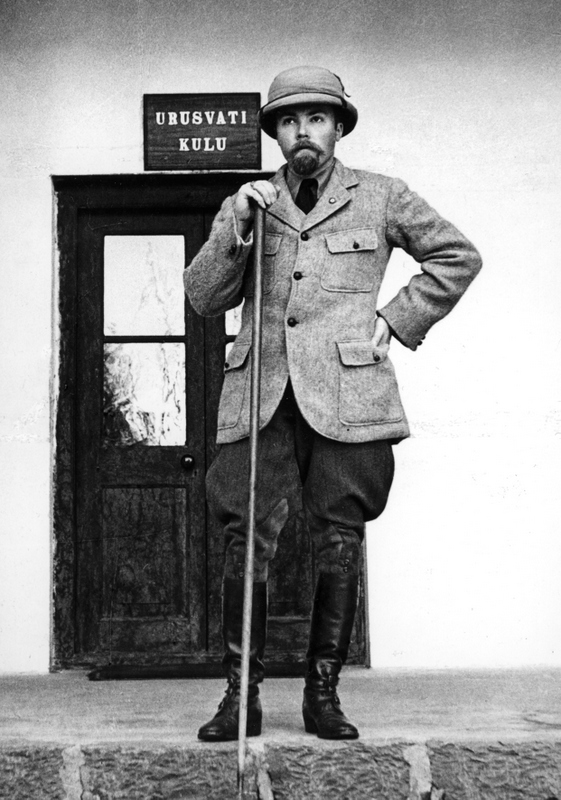 There had never been an institute of this kind anywhere in the world. “Urusvati” seemed to be ahead of time. Its work combined the ancient knowledge and the latest scientific discoveries. The Institute had an Archeology Department, departments of natural sciences and Tibetan medicine, Cultural History of Asian Peoples and Philology. Astronomy and astrophysics, biology and chemistry were studied there. A series of studies in psychic energy, i.e. the energy of human thought, was envisaged. Here the foundation for a new science – a synthesis of experimental and spiritual ways of comprehension, empirical science and metascience – was laid.
There had never been an institute of this kind anywhere in the world. “Urusvati” seemed to be ahead of time. Its work combined the ancient knowledge and the latest scientific discoveries. The Institute had an Archeology Department, departments of natural sciences and Tibetan medicine, Cultural History of Asian Peoples and Philology. Astronomy and astrophysics, biology and chemistry were studied there. A series of studies in psychic energy, i.e. the energy of human thought, was envisaged. Here the foundation for a new science – a synthesis of experimental and spiritual ways of comprehension, empirical science and metascience – was laid.
George Roerich was the Director and the leading expert of the Urusvati Institute. Tibetan lamas and Indian scholars, leading scientists of the West, as well as all members of the Roerich family were involved in the Institute activities.
“The Station must develop into a City of Knowledge,” Helena Roerich wrote about the Urusvati Institute. “We wish to give a synthesis of all achievements in this City. That is why subsequently all fields of science should be represented in it. And since knowledge has the whole Cosmos as its source, the fellows of this scientific station must belong to the whole world, that is, to all nations...” The advanced studies conducted in the Institute made it one of the most distinguished academic institutions of its time. It organized several comprehensive expeditions for studying flora and fauna of the Himalayan region and a large expedition to Manjuria. The Institute Museum was constantly expanded with diverse botanical, ornithological, geological and archeological collections. George Roerich collected invaluable samples of the Himalayan folklore. The research library was greatly increased as well. Three volumes of the Institute studies and its fellows’ individual research works were published.
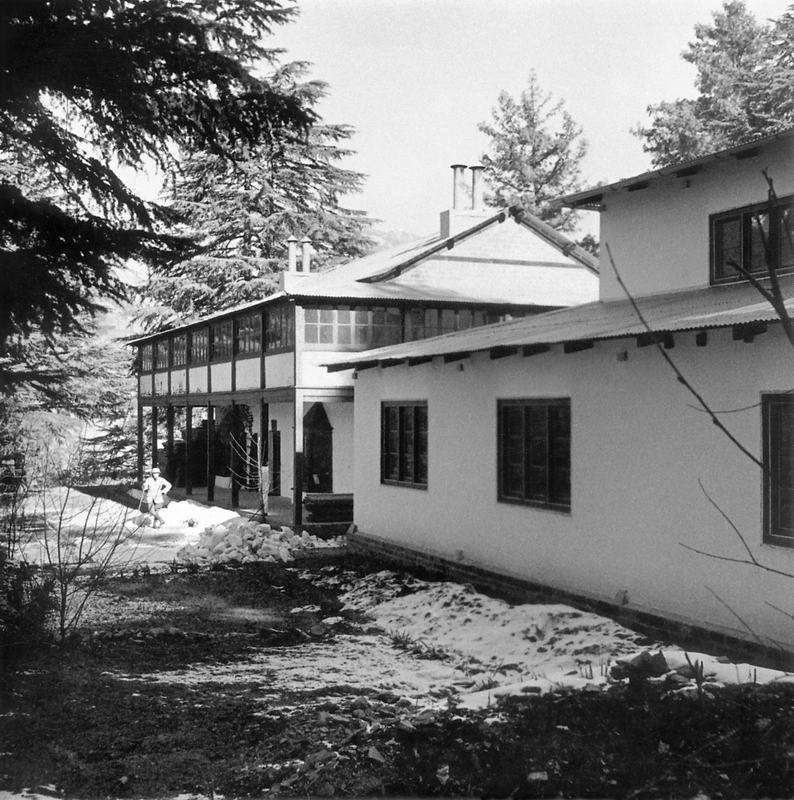 By the late 1930s the Institute activity had to be suspended in view of the political developments. Due to the financial crisis and the impending World War II the Institute was deprived of the possibilities of further development. Some part of its unique collection was put into wooden boxes and kept in special cupboards of the Administration Building. The Laboratory equipment was dismantled.
By the late 1930s the Institute activity had to be suspended in view of the political developments. Due to the financial crisis and the impending World War II the Institute was deprived of the possibilities of further development. Some part of its unique collection was put into wooden boxes and kept in special cupboards of the Administration Building. The Laboratory equipment was dismantled.
Svetoslav Roerich had repeatedly approached Soviet and Russian scientists with a proposal to revive the activities of Urusvati Institute in cooperation with Indian scholars. At present, the experts from the International Roerich Memorial Trust and the International Centre of the Roerichs, Moscow, are jointly developing the concept of the Institute’s revival based on the evolutionary ideas of the Roerichs.
“Let us not forget that the Kullu valley that has accumulated in itself all the great names of humanity starting from Manu, Buddha, Arjuna to all the Pandava heroes, Vyasa, Gesser Khan, is an exceptional area whose scientific value is only beginning to be revealed, but even at this stage it strikes with its plentiful research material,” said Helena Roerich on the occasion of the Institute’s 3rd anniversary. “The most fruitful work, and it is clear already now, will be done by the Institute in the fields of history, archeology, linguistics, botany, geology and physics.”
